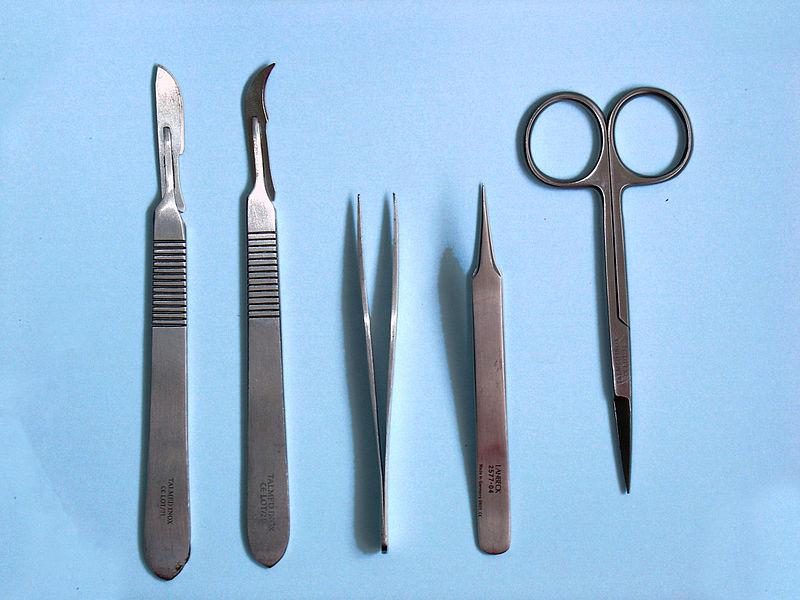
‘Tis, indeed, a wonderful time to be a Defencenik in Canberra.
Tomorrow is Budget Day in the national capital. Yet Defence has nothing to fear and everything to expect.
Defence is special. The budget future is known. The plans are in. The White Paper is set. The projects have been announced.
The Government and Opposition agree—on Defence, at least.
The Liberal Party and the Labor Party and the National Party are as one.
Consensus rains dollars onto Defence. Oh, those dollars.
The dollars march in disciplined ranks way out into the future beyond the Forward Estimates, well into the next decade. And the dollars don’t just march, they multiply. Oh, how they multiply.
What could go wrong? The future is foretold. The Government and Opposition agree.
Stay, though, you whisper. If the future is so rosy, how come the headline to this piece points to cuts and slaughter? What can it mean? The headline is about history. And, of course, the future will be different.
Budget Day is usually the biggest day of the year for Canberra. Not this year. Defence has already had two bigger moments.
First, the Turnbull government released the latest Defence White Paper in February with the promise to lift Defence spending to 2% of GDP by 2020–21. Better still, our ASPI guru Mark Thomson wrote, was the table showing the specific dollar numbers for each year to 2025–26, marching in orderly columns:
‘They’ve provided an explicit table of Defence funding across the forthcoming decade (see DWP p.180). Not since the early 2000s has a government been this willing to open up its books and be held to account. It was a commendable step.’
Not just a commendable step—the dollars are marching in step. Here’s that table with all those dollars all lined up.

In this well-planned universe, each year on Budget Day until 2025 we will open the Budget papers and—Voila!—there should be a dollar figure for the Defence spend which closely matches the table. No suspense. No surprises.
What could be simpler? Especially as the Labor Opposition gave the White Paper a big tick and particularly embraced the spending plan that sees those dollars march out well into the next decade in expanding numbers.
Happy days.
Then last week came another happy day with the big submarine announcement in Adelaide. This also was embraced by Labor with ‘What-took-you-so-long?’ enthusiasm.
Budget Day tomorrow, then, holds no terror for Defence. The future is foretold, as are the dollars.
It’s at this moment that a snap of the fingers ends the trance. Wipe away the soothing reverie of all those parading dollars. The future doesn’t work like that, any more than the past does.
Budgets do many things, some decisively, some tentatively. One of the tentative bits is that budget projections are no more than a bid by an existing government to catch the attention of some future government.
The Budget tomorrow will be even less magnificent than most because it will be even more nakedly political than usual. This is the Turnbull government’s election manifesto.
No sooner is the budget presented than the Governor-General proclaims, ‘They’re off!’ They’ll race in the Canberra Steeplechase, a double dissolution handicap over heavy terrain all the way to the election on July 2.
To give you some perspective on a Budget that feels more like a prelude than a pronouncement, come back in time five decades to visit one of the worst horror Budgets ever visited on Defence.
Part of the pleasure of this trip is to take you to a place where Secretaries of Departments were so Permanent they were knights of the realm. Knights, moreover, who wrote wonderfully blunt memos to each other and their ministers.
It’s mid-1973 and the newly-elected Whitlam Labor government is preparing its first budget. After 23 years in opposition, Labor has big plans. To pay for them, it puts the squeeze on Defence.
Defence’s opening Budget bid was for $1.595 billion. This was right in line with the previous Coalition Government’s guidance for 1973–74 under the Five Year Defence Plan.
The Whitlam government goes to work with an axe. Allowing for some Treasury fiddles and notional bits, Defence end up well south of $1.3 billion in the Budget approved by Cabinet.
The Government is advised if it goes any deeper it’ll have to lay off troops and suspend capital projects.
The Deputy PM and Defence Minister, Lance Barnard, demands the right to address Parliament right after the Budget is presented to detail what’s being done to the military.
The Canberra buzz is that the deputy PM is preparing to declare war on his own government over the cuts to Defence.
The Secretary of Treasury, Sir Frederick Wheeler, dashes off a memo to the Secretary of the PM’s Department, Sir John Bunting, warning that Barnard could give Parliament ‘something of a horror story.’
After consulting Whitlam, the secretary of PM&C talks to the Secretary of Defence, Sir Arthur Tange. The note for file Sir John Bunting produces on that discussion is a miniature masterpiece in a specialised Canberra genre.
Here’s the entire text of that Bunting note of August 21, 1973:
‘I spoke to Sir Arthur Tange. I said by arrangement with the Prime Minister I was expressing the hope that the Defence statement following the Budget would not overdo the dismal side.
Sir Arthur said he thought my comment might have its comic side.
What the Government had handed out was a piece of slaughter but I could rest assured that he and the Minister would be using all the ingenuity at their command to present the slaughter as plastic surgery.
They were doing their best to satisfy the employees who would be affected and their unions and generally to present the statement as a positive policy of re-organisation.’
Classic.
Happy Budget Day, Defence, and many happy Budget Days to come.